Energy and Climate —— How to achieve a successful energy transition
----- 能源与气候:如何管理能源转化
SCI Preface. Preface. About the Author. Introduction. 1. Energy in a Globalised World. The fundamental role of energy in the economy. Current predominance of fossil energies. Uses of energy. Restricted number of suppliers. Energy and globalisation of the economy. The increasing role of the emerging countries Future outlook. 2. Growing Risks Ahead. The risks associated with energy consumption. The growing demand. Unequal access to energy. Risks for the long-term energy supply. Greater vulnerability of consumer countries. Dependency of transport on oil. Effects of energy consumption on the environment at local and regional levels. Risks for the environment at world level. Growing threats. Interruption in the supply of hydrocarbons. An environmental disaster. 3. The Threat of Climate Change. A major risk for the planet. The greenhouse effect. The impact of greenhouse gas emissions on climate change. Symptoms of climate change. Positive retroaction and tipping points. Kyoto protocol and post-Kyoto. The factor 4 problem. The current trend. Urgency of the actions to be undertaken. 4. The Essential Energy Transition. The need for change. Threats to be removed. Acting from a perspective of sustainable development. The need for global regulation and governance. Energy alternatives. A long transition. Making the transition. The need to innovate. Means of action. Energy supply and demand axis. Carbon balance axis. A global transition. 5. Reducing Energy Consumption, while Protecting the Environment. From megawatts to negawatts. The evolution of the energy intensity. Renewing the organisation of housing and Transport. Towards the positive energy building. Reduction of energy consumption in the transport sector. Hybrid propulsion. Energy storage. New agricultural production modes. More efficient industrial processes. Waste treatment and materials recycling. Research actions required. 6. Reducing the Energy Carbon Content. The carbon content of the primary energy supply. Carbon intensity. Energy carbon content reduction pathways. Revival of nuclear energy. Renewable energy prospects. Wind energy: an already mature energy. The promise of solar energy. Advantages and limitations of geothermal energy. Biomass energy and biofuels: potentialities and risks. The role of hydrogen. Hybridisation of sources. Research actions required. 7. Securing the Supplies of Fossil Fuels. The role of fossil fuels. The end of abundant and cheap oil. Oil reserves: the present situation. Towards a more technological oil. Extra-heavy oils and shales. Natural gas. The comeback of coal. Synthetic fuels. Research actions required. 8. CO 2 Capture and Storage. Stakes ahead. Carbon sinks. CO 2 capture and transport. Geological storage. Storage in depleted oil and gas fields. Storage in deep saline aquifers. Storage in unexploited coal seams. Industrial applications of CO 2 capture and storage. Geological storage operations worldwide. Legal and social framework for geological storage. Longer term perspectives: mineral sequestration and CO 2 recycling. The role of CO2 geological storage. Research actions required. 9. How to Ensure the Energy Transition? The conditions required for a successful transition. Implementing an acceptable evolution scenario. Reaching the required goals. Future outlook. Ensuring technological progress. A new lifestyle. A new project for the future society. Conclusion. Appendices. Appendix 1 - Energy and power. Appendix 2 - Conversions and equivalences between units. Appendix 3 - Abbreviations and acronyms. References. Web sites. Index.
{{comment.content}}
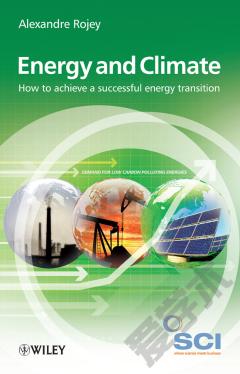


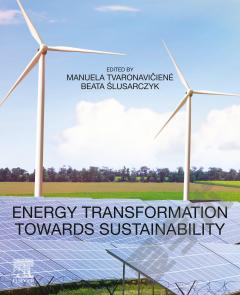
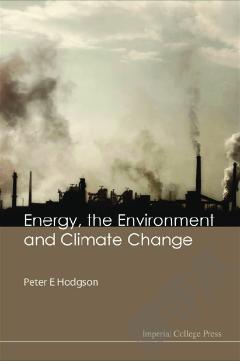
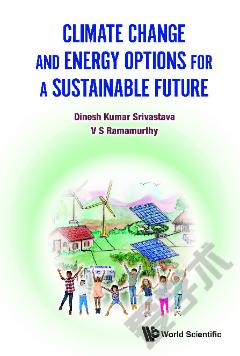
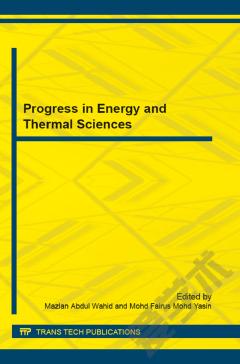

 京公网安备 11010802027623号
京公网安备 11010802027623号